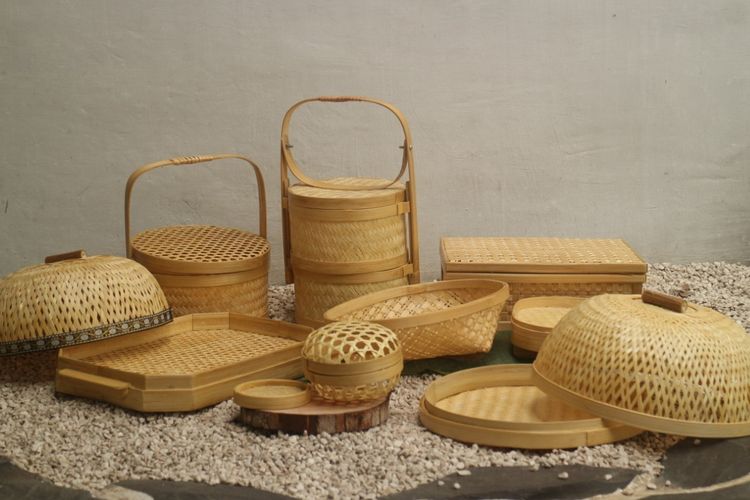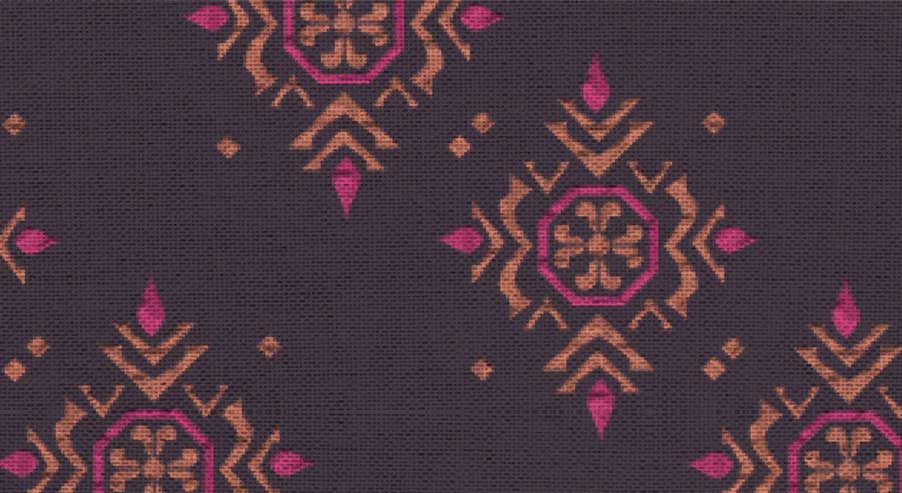Endek and Songket are traditional textiles originating from Indonesia, particularly from the island of Bali.
Both Endek and Songket are highly regarded for their intricate designs, meticulous craftsmanship, and cultural significance. They are treasured as important elements of Indonesia‘s rich textile heritage and are often passed down through generations as family heirlooms.
Endek cloth Bali:
Endek is a handwoven fabric characterized by its intricate geometric patterns. It is traditionally made using a tie-dye technique, where sections of the yarn are tied off before dyeing to create patterns. Endek fabric is often used to make sarongs, scarves, and ceremonial attire. It is highly valued for its craftsmanship and cultural significance.
Endek cloth manufacture in Bali
Endek cloth is traditionally manufactured in Bali using a meticulous hand-weaving process. The process begins with the preparation of the yarn. Cotton or silk threads are typically used for Endek cloth. The yarn is carefully selected and dyed using natural or synthetic dyes to achieve the desired colors. Next, the dyed yarn is warped onto a loom. Warping involves arranging the yarn onto a frame or loom in parallel threads, which will form the lengthwise threads of the fabric.
The warp threads are then interlaced with weft threads to create the fabric. Endek cloth is traditionally woven using a handloom, although some modern techniques may involve mechanized weaving. Skilled weavers use a shuttle to pass the weft threads over and under the warp threads to create the desired patterns and designs.
In some cases, Endek cloth may incorporate tie-dyeing techniques known as ikat. Before weaving, sections of the warp or weft threads are tied off with wax or string to resist dye penetration. When dyed, these tied sections create patterns and motifs in the fabric.
Pattern Creation:
Endek cloth is known for its intricate geometric patterns and designs. These patterns are typically created through a combination of colored threads in the warp and weft, as well as through the ikat tie-dyeing technique.
Once weaving is complete, the fabric undergoes finishing processes such as washing, pressing, and trimming to remove any excess threads and to enhance its appearance and texture. Throughout the manufacturing process, Endek cloth is subject to rigorous quality control to ensure that it meets the desired standards of craftsmanship and design.
Endek cloth manufacturing in Bali is a labor-intensive process that requires skill, patience, and attention to detail. The resulting fabric is prized for its beauty, durability, and cultural significance, and is often used for traditional Balinese clothing, ceremonial attire, and decorative purposes.
Songket cloth Bali:
Songket is a luxurious brocade fabric woven with metallic threads, typically gold or silver, on a silk or cotton base. The metallic threads are meticulously woven into the fabric to create elaborate motifs and designs. Songket is traditionally worn as ceremonial clothing during special occasions such as weddings, festivals, and religious ceremonies. It is considered a symbol of prestige and status in Indonesian culture.
Songket cloth manufacture in Bali:
Songket cloth, a luxurious brocade fabric, is traditionally manufactured in Bali using intricate weaving techniques.
The process begins with the preparation of the yarn. Silk or cotton threads are typically used for the base of the fabric, while metallic threads, usually gold or silver, are used for the decorative motifs. The yarn is carefully selected and dyed to achieve the desired colors.
The dyed yarn is then warped onto a loom. Warping involves arranging the base yarn onto a frame or loom in parallel threads, which will form the lengthwise threads of the fabric.
Skilled artisans use a traditional handloom to weave the fabric. The metallic threads are meticulously inserted into the base fabric to create elaborate motifs and designs. This weaving process is time-consuming and requires precision and attention to detail.
The weaving technique used for Songket involves brocading, where the metallic threads are woven in a supplementary weft technique. This means that the metallic threads are added to the fabric as additional weft threads, creating raised, decorative patterns on the surface of the fabric.
Pattern Creation:
Songket cloth is known for its intricate and elaborate designs, often featuring traditional motifs inspired by nature, mythology, or cultural symbols. These patterns are meticulously woven into the fabric by skilled artisans.
Once weaving is complete, the fabric undergoes finishing processes such as washing, pressing, and trimming to remove any excess threads and to enhance its appearance and texture. Throughout the manufacturing process, Songket cloth is subject to rigorous quality control to ensure that it meets the desired standards of craftsmanship and design.
Songket cloth manufacturing in Bali is a highly skilled and labor-intensive process that requires the expertise of experienced artisans. The resulting fabric is prized for its beauty, richness, and cultural significance, and is often used for traditional Balinese clothing, ceremonial attire, and decorative purposes.

